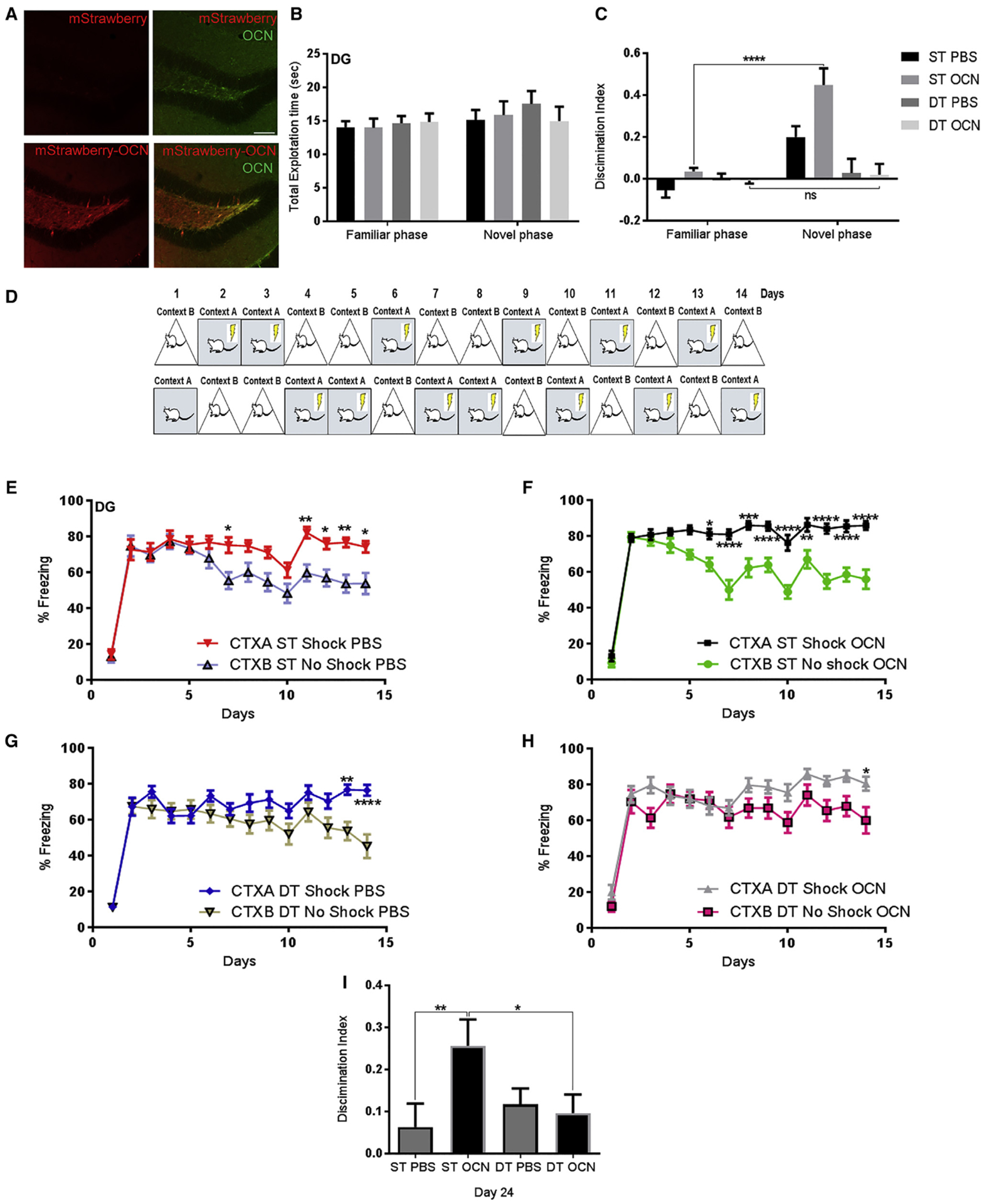Figure 3. OCN Function Is Blocked by RbAp48 Inhibition.

(A) Images of the DG showing accurate targeting of OCN (100 ng) 15 min after injection of mStrawberry alone (top) or fusion mStrawberry-OCN (bottom). Total OCN (green) staining was performed as control (scale bar, 100 μm).
(B and C) Novel object recognition (NOR) test after injection of PBS or OCN in the DG of ST and DT mice (n = 16 mice per group). No differences were detected in total exploration time between the familiarization and the testing phase (three-way ANOVA, post hoc Bonferroni) (B), and discrimination index for novel object (C). OCN had an effect only on ST mice compared to DT OCN-treated mice (two-way repeated-measures [RM] ANOVA comparisons between OCN or PBS and ST versus DT; post hoc Bonferroni, p < 0.0001).
(D) Schematic contextual fear discrimination task.
(E-H) Contextual fear discrimination in ST or DT mice injected with OCN in the DG/CA3c (F and H). Both genotypes were able to discriminate between the two contexts after PBS injection (E and G), but only ST were able to discriminate the two contexts after OCN injection (F) (two-way RM ANOVA, post hoc Bonferroni; three-way RM ANOVA, post hoc Bonferroni for treatment × contexts in ST mice, p = 0.0003, and treatment x contexts in DT mice; n = 16 mice per group).
(I) Discrimination index of ST and DT mice injected in the DG with OCN or PBS 10 days after the end of contextual fear discrimination. OCN-injected ST mice were still able to discriminate better than the ST PBS or DT OCN mice (one-way ANOVA, post hoc Bonferroni, p = 0.0029 and p = 0.0194).
All data represent means ± SEM. *p < 0.05, **p<0.01, ***p < 0.001.
